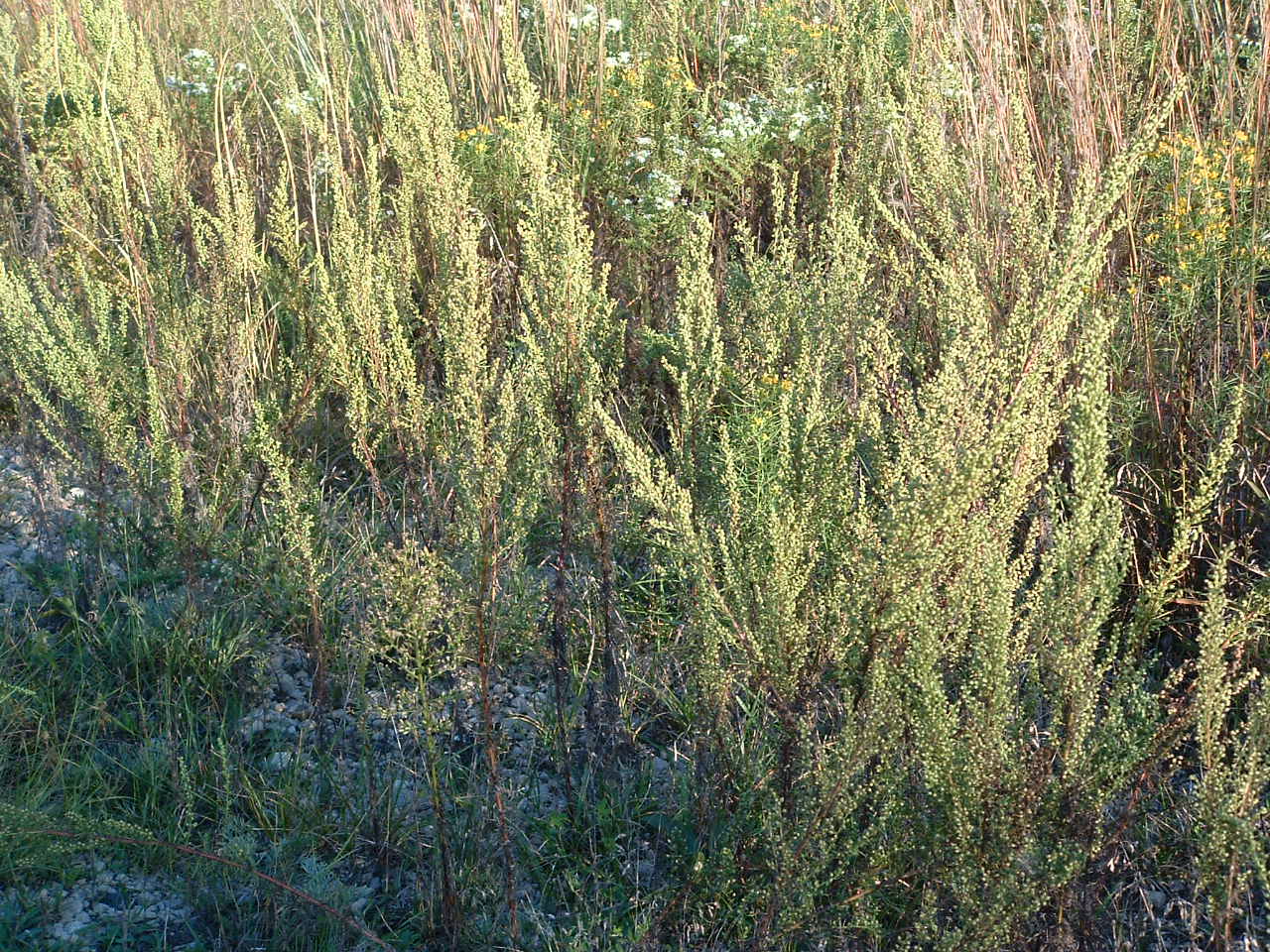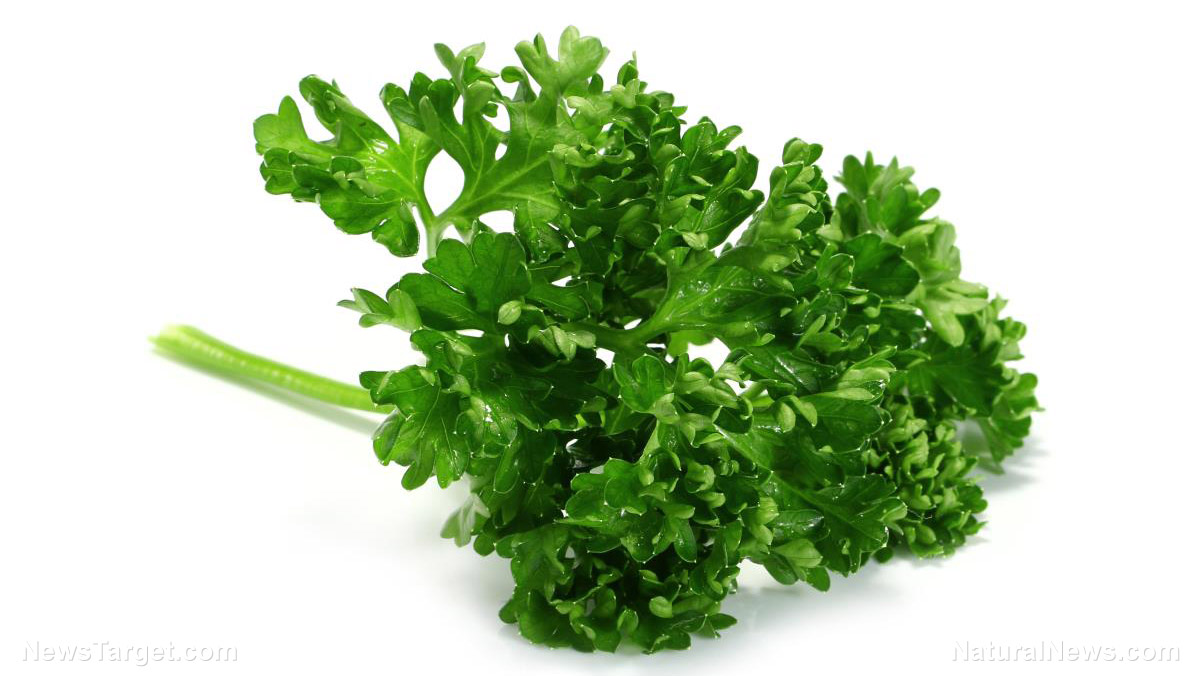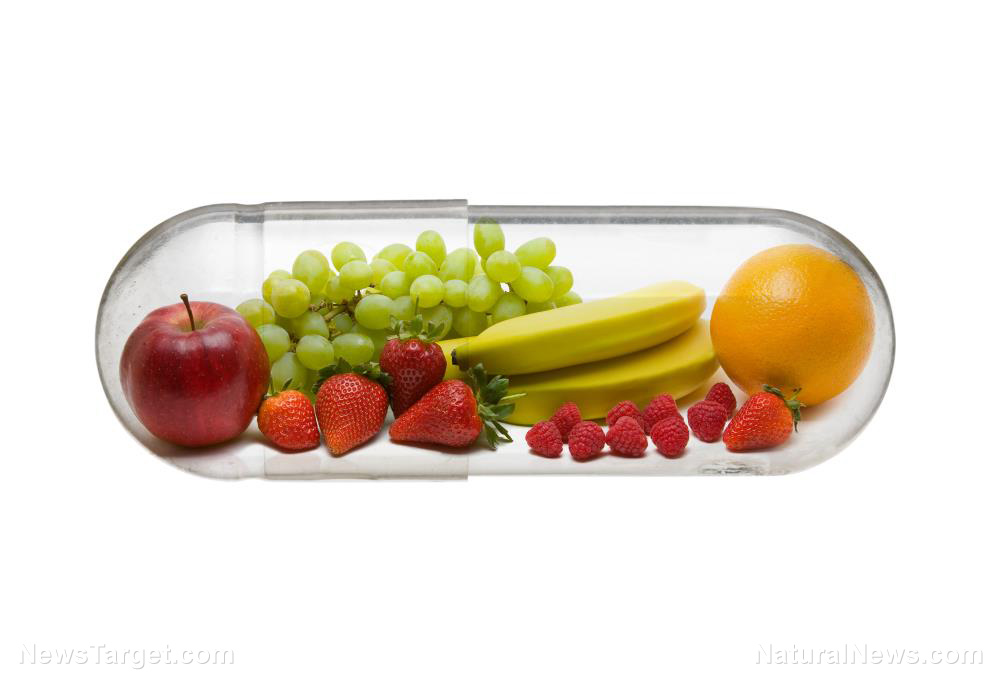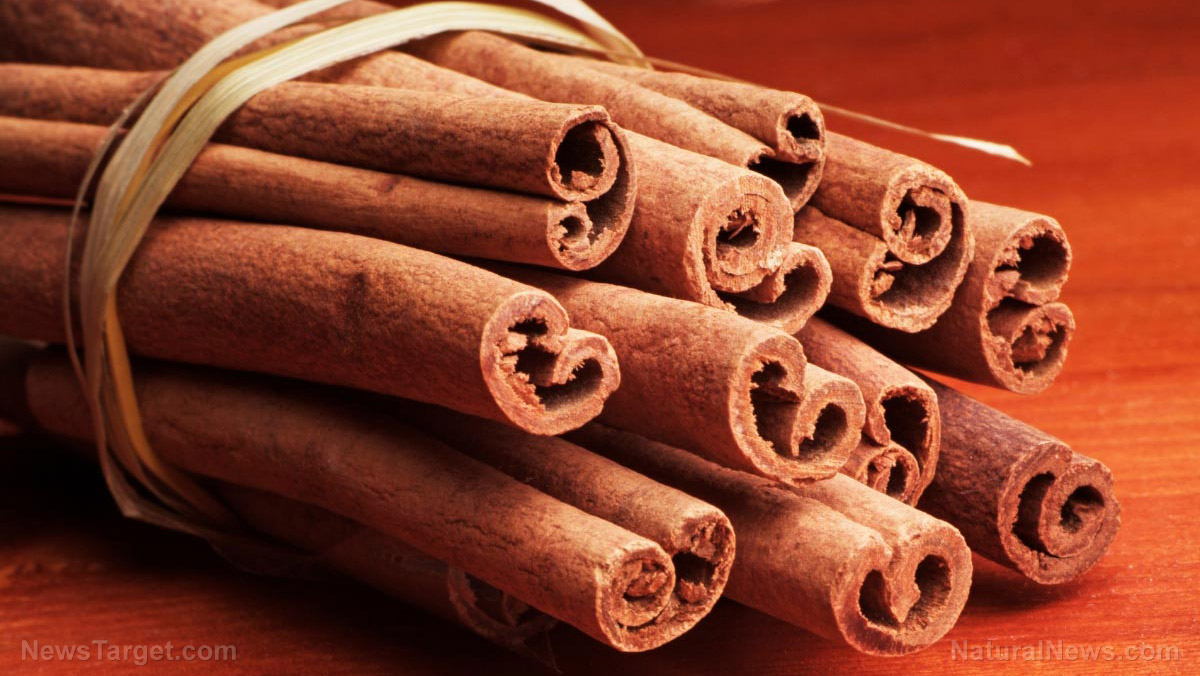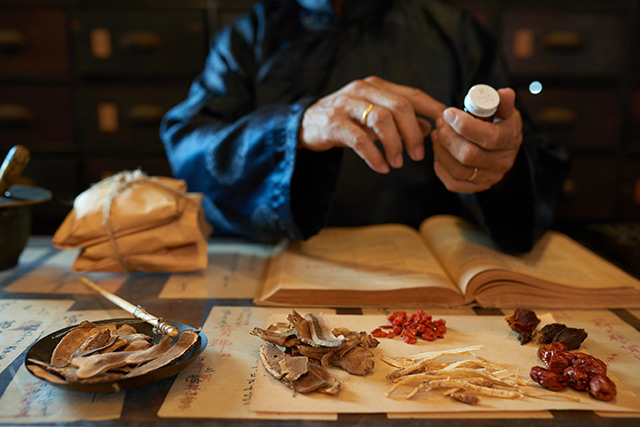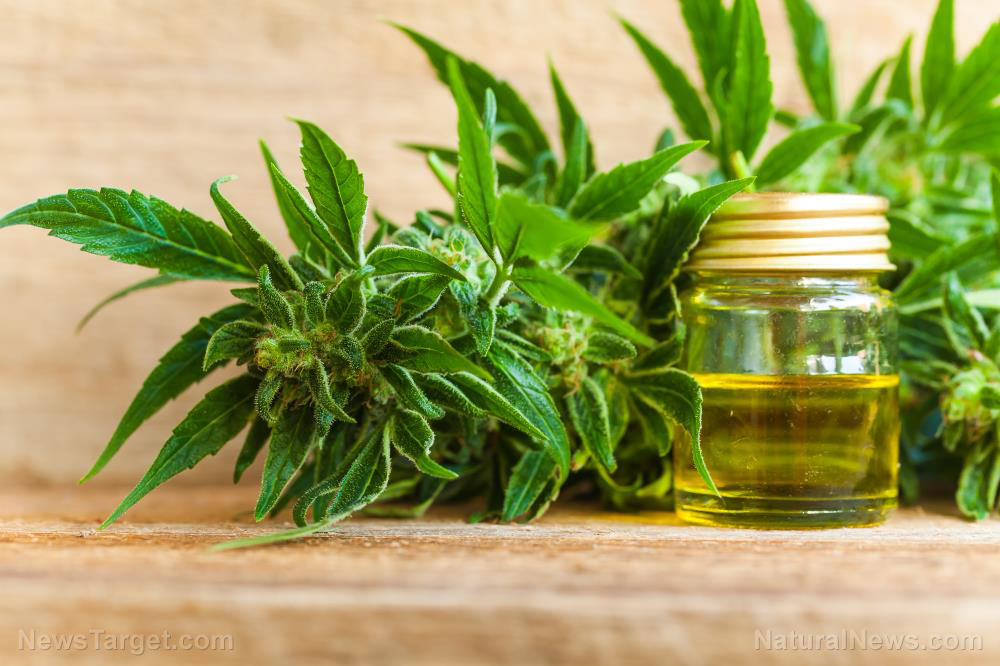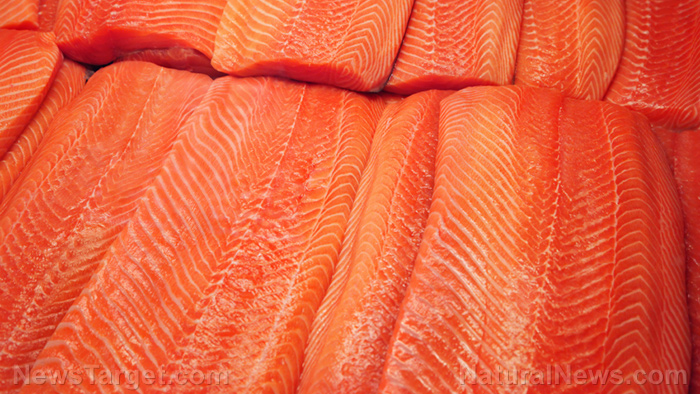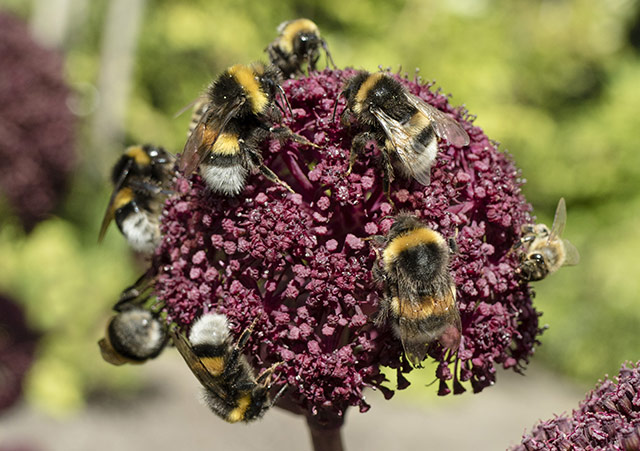The musical (and magical) fruit: Why you should be eating more wild beans
11/02/2018 / By Frances Bloomfield

A healthy diet is one that ensures the body receives essential nutrients on a daily basis. Most health authorities recommend that these nutrients come from vegetables and fruits. One such group of vegetables that can and should be added to any healthy diet is Phaseolus, more commonly known as wild beans.
According to researchers from Mexico’s Autonomous University of Queretaro, beans are a “nutraceutical food” or food that supplements the diet and has health benefits. In fact, the research team deemed beans “the most important food legume for human consumption in the world” in their study.
In terms of nutritional content, beans are nothing short of impressive. Protein and dietary fiber are perhaps the most well-known of the nutrients found in beans. Dry beans are rich in protein, while wild beans have high levels of amino acids. Depending on their colors, beans can have an abundance of antioxidants as well. The most common antioxidants among beans are proanthocyanidins, which are chemical compounds that many consider to be cancer-preventing.
Additionally, the researchers noted that common beans (P. vulgaris) are a good source of minerals like potassium, magnesium, and calcium. Wild bean genotypes, on the other hand, contain higher amounts of copper, manganese, and sulfur. A number of studies have shown that there is little difference between the iron and zinc content of wild and domesticated beans. So whatever type of bean you pick, you’ll be eating one that has a good amount of important minerals. (Related: Scientists explore exotic species of legumes as potential alternative sources for human and animal nutrition.)
Naturally, this wide and diverse range of nutrients has its advantages. The great amounts of fiber in wild beans have been shown to reduce cholesterol and low-density lipoprotein (LDL) serum levels, resulting in decreased susceptibility to heart disease. This can also lead to a lower risk of diabetes. The fiber content of black gram (P. mungo) is particularly noteworthy since it is believed to also increase bile excretion, meaning that more toxins are flushed out of the body.
Many studies have suggested that wild beans can reduce the risk of numerous cancers. One study cited by the researchers concluded that women who adhered to the native Mexican diet (which is defined by elevated bean consumption) are less likely to develop breast cancer than women who ate more processed foods and sugar. Another study found that colon cancer-induced rats had fewer tumors when they were fed white, black, and pinto beans.
The researchers rounded off their study by urging people to increase their consumption of beans. After all, beans have “several beneficial biological activities in humans, as an antioxidant source, cholesterol- and low-density lipoprotein-lowering properties, antimutagenic and anticancer effects.”
Anti-nutrients: What you need to know about beans
Despite being healthy overall, wild beans contain some anti-nutrients. The most notable of these are oligosaccharides, phytic acids, and lectins. Having phytic acids and lectins in you can be problematic as they can both impede nutrient absorption, meaning your body is unable to properly absorb minerals and vitamins. Oligosaccharides don’t have such an extreme effect on the human body; instead, they can make you more flatulent.
Thankfully, there are preparation methods that can minimize the impact of these anti-nutrients. As per the researchers, the ideal method is extrusion cooking, a food preparation method that’s commonly used in the mass production of food. This isn’t feasible for the majority of home cooks, so opt for soaking instead.
Soaking involves submerging beans in water for a few hours, at least six to eight. According to Pranin.com, adding baking soda to the warm, filtered water improves the soaking process since baking soda effectively neutralizes anti-nutrients. Soaking beans can cut down on cooking time as well, so make it a point to soak your beans before cooking as often as possible.
Visit FoodScience.news to read up on more studies on the health benefits of beans and other superfoods.
Sources include:
Tagged Under: anticancer, beans, cardiovascular disease, diabetes, Diets, food as medicine, food cures, functional food, nutrients, nutrition, prevention


